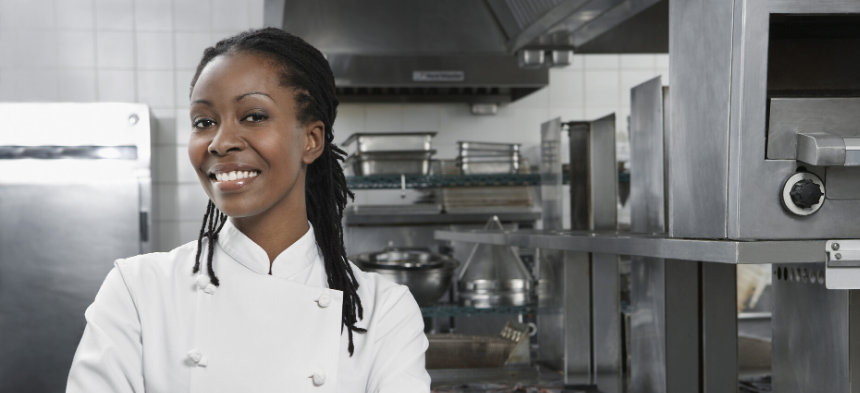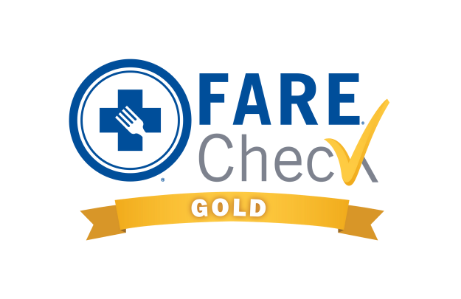Restaurants
Training staff, providing menu transparency and inviting customers to disclose their food allergies can be important steps in lowering the risk of a reaction.

A 2020 study found that restaurants are the second most common location for food allergy reactions, but less than 15 percent of reactions occurred when there was two-way communication between the staff and restaurant. Training staff, providing menu transparency and inviting customers to disclose their food allergies can be important steps in lowering the risk of a reaction.
Take a look below to find some free FARE resources you can use in your restaurant.
Do you understand common sources of cross-contact and how to avoid it? Download our Cross-Contact poster set in English and Spanish.
Do you know the steps to follow from the moment a diner with food allergies walks in the door? Our Keep Your Guests Safe poster in English.
Will you know what to do if a diner has an allergic reaction? Download our anaphylaxis poster and learn how to recognize and respond to a food allergy emergency.
Training Tip: Consider reviewing a different brief food allergy topic in staff check-ins once a month. This will serve as a training refresher and keep food allergies top of mind.
*This poster is legally required to be displayed in Maryland and Massachusetts.

FARECheck
For millions of Americans, dining away from home can be stressful and challenging because one bite of a food allergen can have potentially life-threatening consequences.
FARECheck offers training and auditing to help restaurants provide a safer and more inclusive dining experience.


